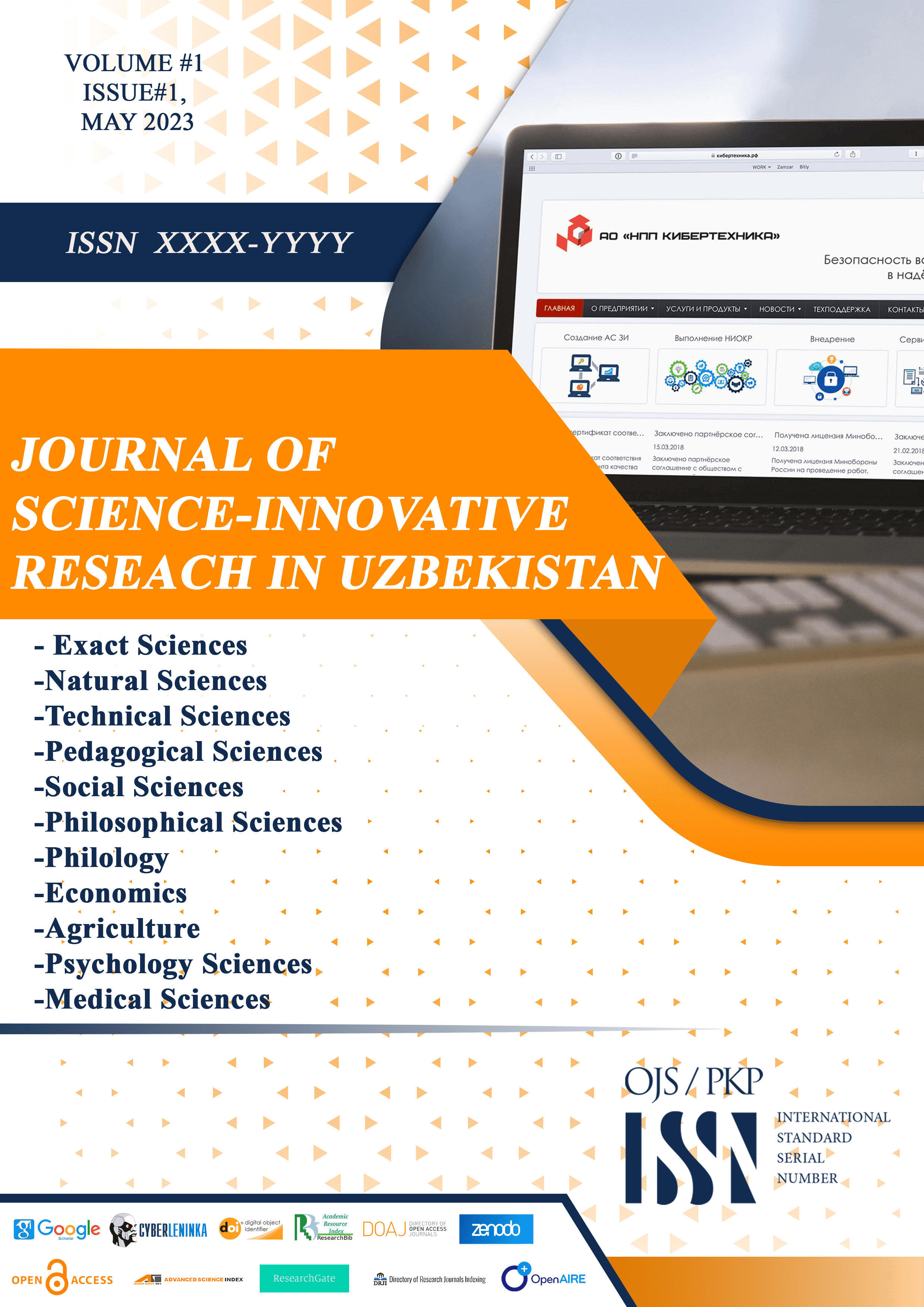Abstract
This paper explores the psycholinguistic dimensions of grammar, investigating the ways in which cognitive processes impact the comprehension and application of grammar. It covers important theories, phases of development, how age and skill levels affect learning grammar, and how grammar processing is supported by the brain. The practical consequences for teaching languages are also discussed, emphasizing how crucial it is to match instructional strategies with cognitive concepts
References
Chomsky, N. (1965). Aspects of the Theory of Syntax. Cambridge, MA: MIT Press. 2. Chomsky, N. (1980). Rules and Representations. New York: Columbia University Press. 3. Gleason, J. B. (1958). The Child's Learning of English Morphology. Word, 14(2-3), 150-177.
Brown, R. (1973). A First Language: The Early Stages. Cambridge, MA: Harvard University Press. 5. Tomasello, M. (2003). Constructing a Language: A Usage-Based Theory of Language Acquisition. Cambridge, MA: Harvard University Press. 6. Pinker, S. (1999). Words and Rules: The Ingredients of Language. New York: HarperCollins. 7. Radford, A. (1990). Syntactic Theory and the Acquisition of English Syntax: The Nature of Early Child Grammars of English. Oxford: Blackwell. 8. Lenneberg, E. H. (1967). Biological Foundations of Language. New York: Wiley. 9. Johnson, J. S., & Newport, E. L. (1989). Critical period effects in second language learning: The influence of maturational state on the acquisition of English as a second language. Cognitive Psychology, 21(1), 60-99. 10. Bialystok, E. (2001). Bilingualism in Development: Language, Literacy, and Cognition. Cambridge: Cambridge University Press. 11. Ellis, R. (2008). The Study of Second Language Acquisition. Oxford: Oxford University Press. 12. Friederici, A. D. (2011). The Brain Basis of Language Processing: From Structure to Function. Physiological Reviews, 91(4), 1357-1392. 13. Grodzinsky, Y., & Amunts, K. (2006). Broca's Region. Oxford: Oxford University Press. 14. Kertesz, A. (2007). The Western Aphasia Battery-Revised. San Antonio, TX: Pearson. 15. Ellis, R. (2006). Current Issues in the Teaching of Grammar: An SLA Perspective. TESOL Quarterly, 40(1), 83-107.
DeKeyser, R. (1998). Beyond focus on form: Cognitive perspectives on learning and practicing second language grammar. In Doughty, C., & Williams, J. (Eds.), Focus on Form in Classroom Second Language Acquisition (pp. 42-63).
Cambridge: Cambridge University Press. 17. Long, M. H. (1996). The role of the linguistic environment in second language acquisition. In Ritchie, W. C., & Bhatia, T. K. (Eds.), Handbook of Second Language Acquisition (pp. 413-468). San Diego, CA: Academic Press. 18. Godwin-Jones, R. (2011). Emerging technologies: Autonomous language learning. Language Learning & Technology, 15(3), 4-11.

This work is licensed under a Creative Commons Attribution 4.0 International License.

